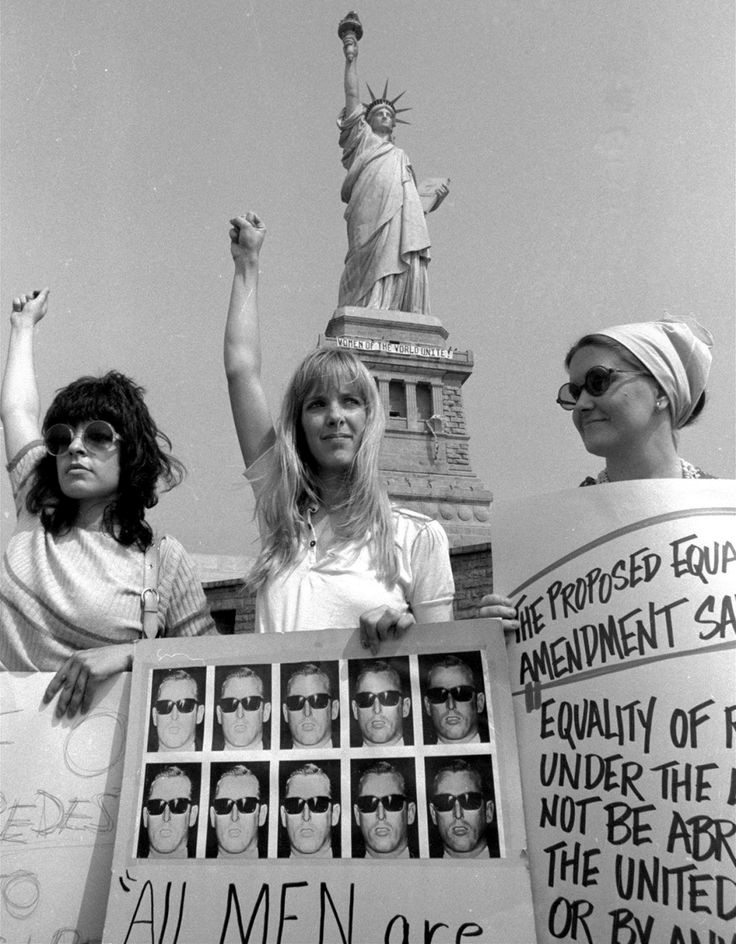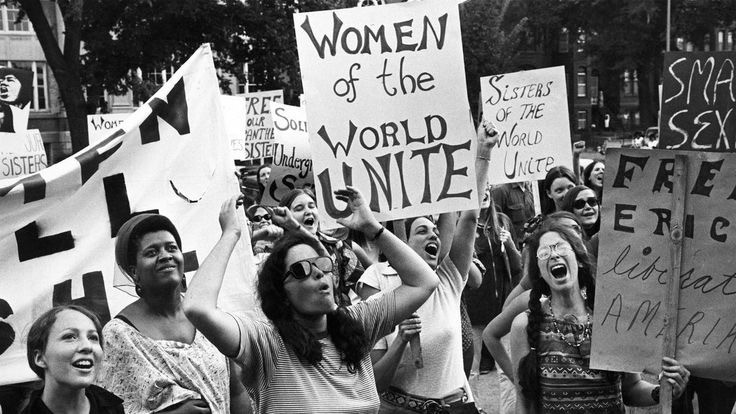Feminism moved from the suffrage conflicts of the first wave to the workplace issues of the second wave. But what is the true game-changer? The Third Wave arrived on the scene in the 1990s with a new outlook. It’s no longer simply about gender; it’s about recognising the various levels where inequality intersects—race, sexuality, class—they’re all part of the equation.
Third-Wave Feminism is unique in that it accepts all people. It recognises that there is no one-size-fits-all approach to being a woman. It’s past time to give recognition to the voices that previous revolutions stifled. This term doesn’t do this inclusive, intersectional approach justice; it’s a powerful tool for understanding the whole scope of gender issues.
While the embracing of intersectionality by Third-Wave Feminism may seem like an open invitation to all, not everyone is raising a glass to it. Critics are scoffing at this, claiming that it is splintering the movement. They claim that by juggling so many concerns, they are losing sight of the essential goal—gender equality. They suspect it will be like throwing a handful of pebbles rather than a solid boulder; the effect will be dispersed.

Third-Wave Feminism puts the spotlight on personal power. It’s all about a woman owning her choices—her career, style, life. It’s liberating, sure, but some critics squint and say, ‘Hold up!’ They worry that this emphasis on individual empowerment overshadows the power of unity. They fear it might sideline the bigger societal changes needed to level the gender playing field.
The dispute with Third-Wave Feminism is more than just buzzwords like intersectionality and personal freedom. Its reliance on hashtag activism and online noise has been criticised. They are criticising it for being all show and no go, like clicking ‘like’ on a post and believing it improves the world. They maintain it’s all a ruse, with no genuine activity.
Not to mention all the drama surrounding cancel culture. Some ardently support it, saying that it’s long overdue to hold people responsible. But hold on a second! Some are sounding the alarm, saying it’s turning into a wrecking ball that will stifle genuine discourse and progress in the field of feminism.

While Third-Wave Feminism faces its share of criticisms, its contributions should not be dismissed. The movement has pushed the boundaries of feminism, embracing complexity and diversity. It has elevated critical discussions on privilege, inclusivity, and gender fluidity, expanding the feminist discourse to incorporate a broader range of experiences.
Moving forward, striking a balance between inclusivity and a unified front remains crucial. Third-Wave Feminism must harness its diverse perspectives and approaches to amplify its impact without losing sight of its core mission: achieving gender equality for all.
In essence, Third-Wave Feminism isn’t just another phase; it’s a mirror to the shifting tides of our society. It demands flexibility, empathy, and a constant eye on the ever-evolving face of gender inequality. Third-Wave Feminism isn’t a step backward; rather, it’s a leap forward in the feminist marathon. Individuals are taking notice and making waves because of its love for inclusivity, intersectionality, and personal power. Of course, it has its detractors, but what keeps it relevant and causes major societal ripples is its chameleon-like ability to morph and welcome diverse viewpoints.
Sources




